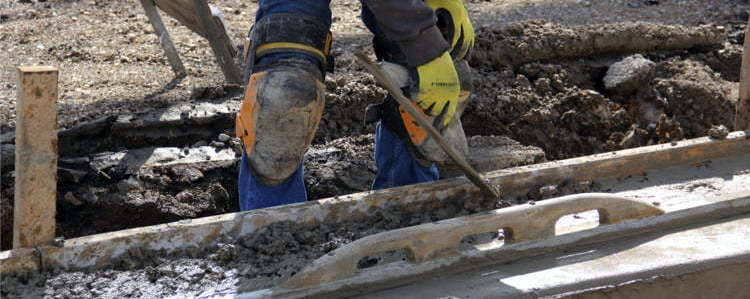Prioritising electrical safety in the building sector
Posted on 12th April 2022
People working in construction have been involved in the highest number of cable damage incidents in London, the South East and East of England during the past year.
Prioritising electrical safety in the sector could significantly reduce the risks of injury and save the time and cost of delays when electrical cabling and equipment is damaged.
In 2021 builders were involved in 23% of incidents where members of the public came into contact with electricity cables, which is more than any other trade. Planning for ground work should include obtaining cable plans in advance and, wherever possible, avoiding working close to live cables.
This applies not only to large construction companies but also to private builders undertaking small house builds or extension work, laying driveways or digging excavations for foundations, for example.
The use of diggers, lifting equipment, ladders, pneumatic drills and hand power tools or even simple spades can all be cause for concern as contact with electricity can lead to serious burns or be fatal. The risks include overhead lines and electricity substations as well as underground cables.
Electricity network companies can provide advice about safe working in advance and regularly liaise with professional and industry groups to improve electrical safety.
The Federation of Master Builders emphasises that building sites are generally dangerous so health and safety procedures must be properly followed.
Key advice for builders includes:
asking for advice from network providers about issues such as disconnecting power supplies and shrouding overhead lines
assuming all cables are live and allowing time to obtain plans which might be for overhead or underground cables
marking underground cables clearly and confirming locations with a Cable Avoidance Tool (CAT) before excavating and digging trial holes if necessary
making sure everyone on site is aware of cable plans before starting work
always looking up to check overhead lines and working away from them when handling long items such as scaffold poles, or when using lifting and digging equipment
checking where service cables enter buildings
always confirming that the power supply is disconnected before starting any demolition work.
Share this post:





